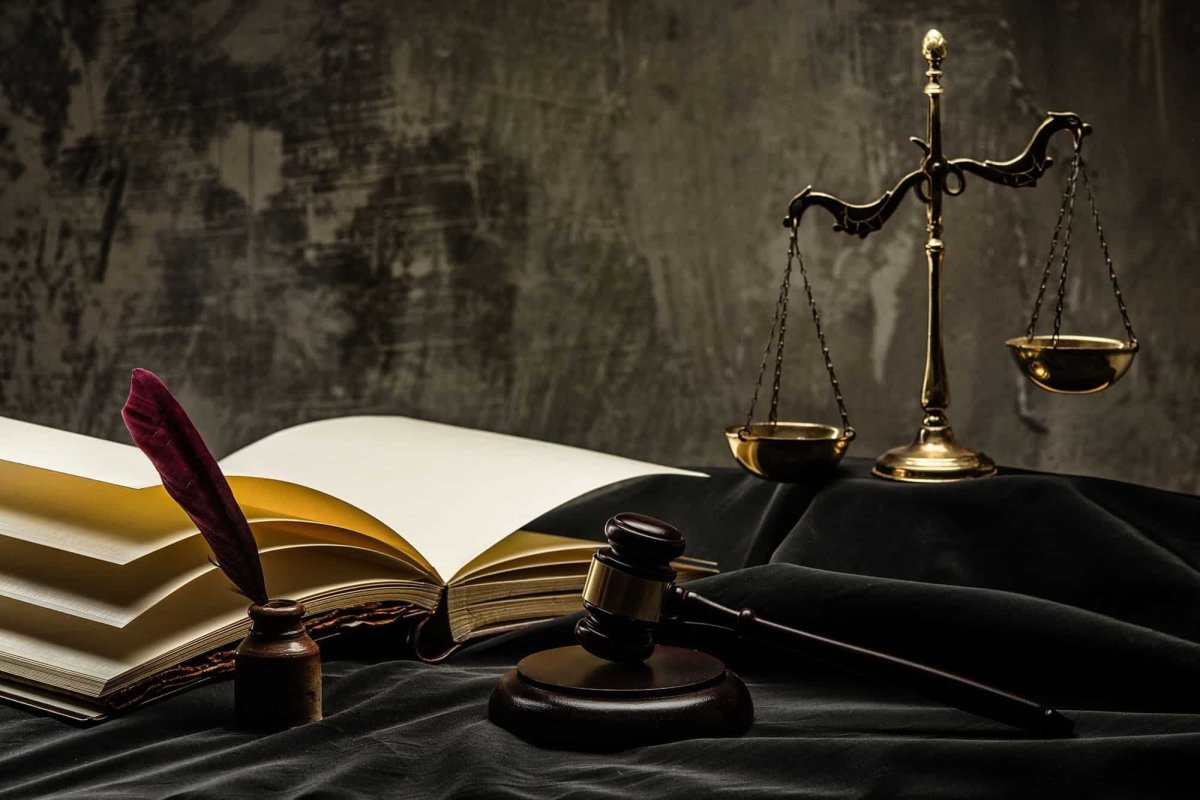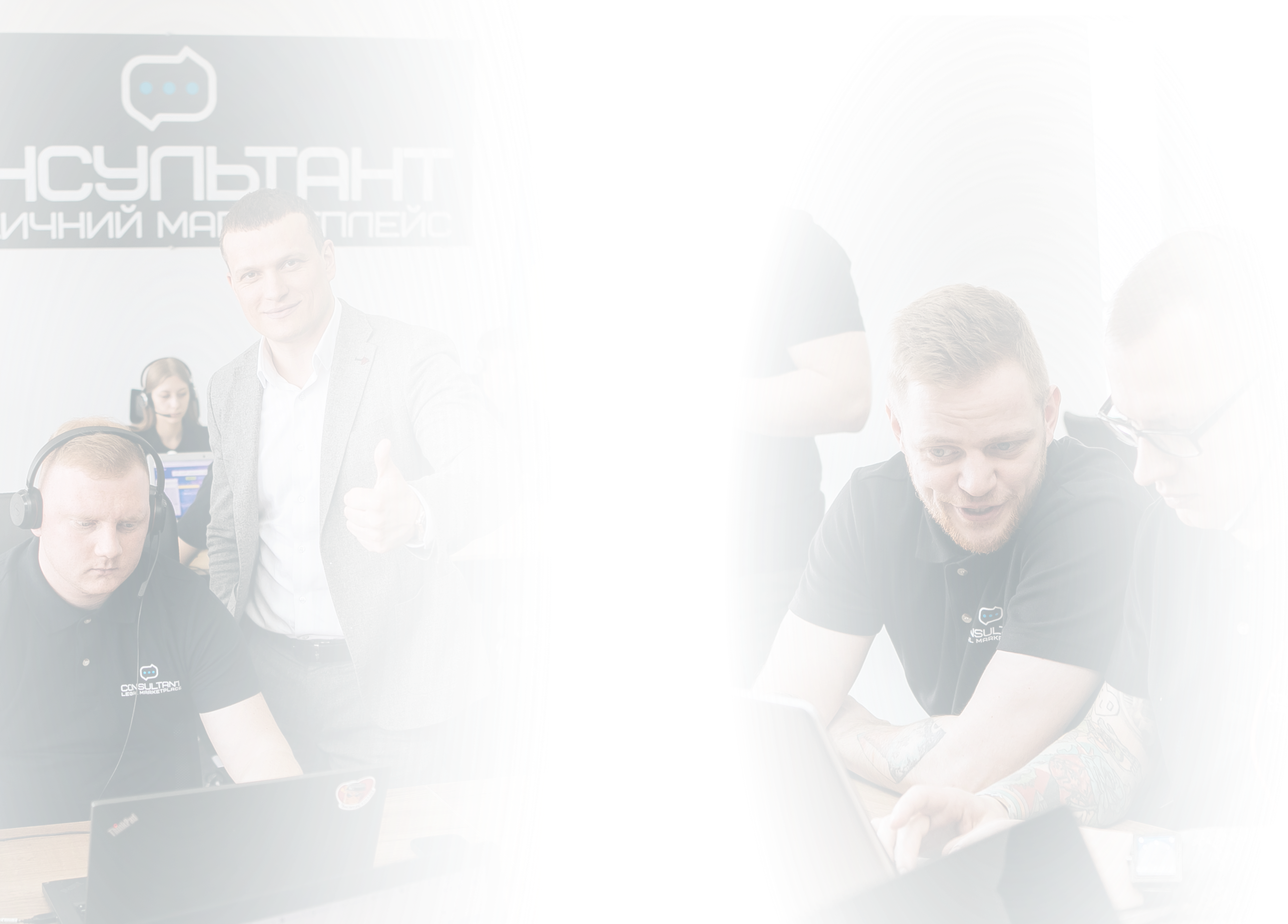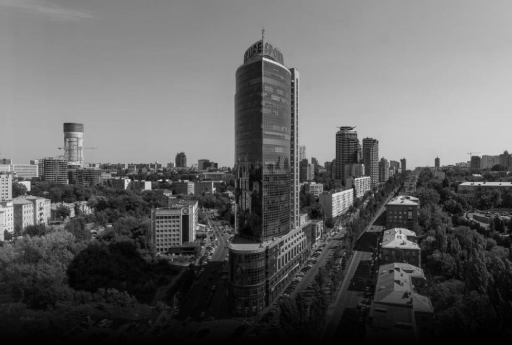Procedure for customs control and customs clearance of goods
Introduction
Customs control and clearance of goods are important components of the process of moving goods across the customs border of Ukraine. These procedures are aimed at ensuring compliance with customs legislation, protecting the country's economic interests and facilitating legitimate foreign economic activity. In this article, we will consider the main stages and peculiarities of customs control and clearance of goods.
The procedure for customs control
The main stages of customs control
Preliminary control:
- At the preliminary control stage, the customs authorities check information about the goods, vehicle and documents received by the customs service before the goods arrive in the customs territory of Ukraine. This allows them to identify possible risks and prepare for further control.
Physical control:
- Physical control involves the inspection of goods, vehicles and baggage. If necessary, customs inspections, weighing, measuring, and other procedures may be carried out to verify that the declared data corresponds to the actual condition of the goods.
Documentary control:
- Customs authorities check the accuracy and completeness of documents accompanying goods: customs declarations, invoices, contracts, certificates of origin, etc. An important part of documentary control is checking the correctness of customs declarations and the consistency of data in the documents.
Checking the customs value:
- Customs authorities verify the correctness of the customs value of goods, as this determines the amount of customs payments. Various aspects are taken into account, including the contract value of the goods, transportation costs, insurance, etc.
You may also be interested in the following articles:lawyer consultationlawyer consultation analysis of documents legal analysis of the situation written consultation verification of documents by a lawyer lawyers documents legal assistance online lawyer online legal opinion legal opinion of a lawyer lawyer online
Control over tariff and non-tariff regulatory measures:
- Customs authorities check compliance with tariff measures (duties, excise duties, VAT) and non-tariff measures (licensing, quotas, technical regulations, etc.).
The procedure for customs clearance of goods
The main stages of customs clearance
Filing a customs declaration:
- The declarant or an authorized person submits the customs declaration to the customs authority. The declaration may be submitted electronically through the Single Window system or in hard copy. It is important that the declaration contains all the necessary data about the goods, including their description, quantity, value, UKTZED code, etc.
Checking customs declarations and documents:
- Customs authorities check the accuracy of the customs declaration and the compliance of the submitted documents. This includes verification of the customs value, country of origin, compliance with tariff and non-tariff regulatory measures.
Payment of customs duties:
- After the customs declaration is verified and the amount of customs payments is determined, the declarant pays them. This may include customs duties, VAT, excise taxes, etc.
Completion of customs clearance:
- After payment of customs duties and completion of all necessary procedures, the customs authority authorizes the release of goods into the declared customs regime. This can be import, export, transit, temporary import, etc.
Common mistakes in customs control and clearance
Incorrect determination of the customs value:
- Errors in determining the customs value of goods can lead to incorrect calculation of customs payments and delays in customs clearance.

































